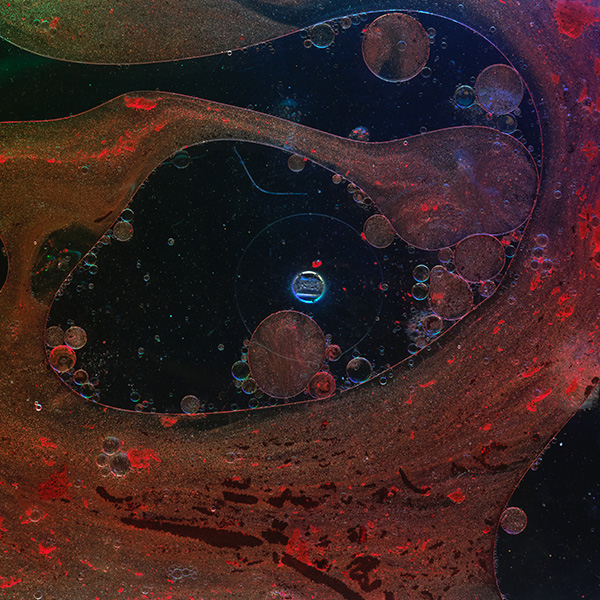Key Benefits
- Screen for acromegaly by reflecting your average growth hormone activity over time.
- Spot hormone imbalance early, since IGF-1 stays stable despite growth hormone pulses.
- Clarify unexplained changes like enlarged hands, tight rings, sweating, or headaches.
- Protect heart and metabolism by flagging growth hormone excess driving hypertension and diabetes.
- Guide treatment goals; normalizing IGF-1 predicts better outcomes after surgery or medications.
- Protect fertility and pregnancy planning; IGF-1 control reduces reproductive and gestational risks.
- Track control and relapse; serial IGF-1 shows disease activity over months.
- Best interpreted with age-adjusted ranges, oral glucose growth hormone suppression test, and symptoms.
What are Acromegaly
Acromegaly biomarkers are blood signals that show how strongly the body’s growth system is being driven by a pituitary tumor. The core markers are growth hormone (GH) and insulin-like growth factor 1 (IGF-1). GH is released from the pituitary and tells the liver and other tissues to make IGF-1, the steadier messenger that carries growth signals throughout the body. Together, they reflect the intensity and duration of excess growth signaling that enlarges bones, soft tissues, and organs, and that disrupts metabolism and cardiovascular balance. Testing these markers helps confirm the diagnosis, because acromegaly is a hormonal disorder with subtle, slowly evolving features. It shows current disease activity—how much growth drive is present now—and provides a baseline before treatment. After surgery or medications, repeating these tests tracks response and guides adjustments, and over time it helps detect relapse early. In short, acromegaly biomarkers translate a hidden hormonal push into measurable information about the tumor’s activity and the body’s exposure to growth signals.
Why are Acromegaly biomarkers important?
Acromegaly biomarkers translate the body’s growth-hormone drive into measurable signals that touch every system. The key marker is IGF‑1, a liver‑made hormone stimulated by pituitary growth hormone (GH). When IGF‑1 runs high over time, bones thicken, soft tissues expand, the heart works harder, and metabolism shifts toward insulin resistance—explaining changes in hands, face, joints, sleep, and glucose.
IGF‑1 is interpreted against age‑ and sex‑specific reference ranges (often also expressed as a z‑score/SDS). Values above the upper limit indicate active disease. After treatment, values within the reference interval—typically near the middle—align best with biochemical control. Because GH pulses, an oral glucose GH suppression test complements IGF‑1 to confirm activity.
When IGF‑1 is elevated, it reflects sustained GH excess. People may notice enlarging rings or shoes, jaw and facial changes, headaches, joint pain, carpal tunnel, snoring or sleep apnea, higher blood pressure, and rising glucose. In teens with open growth plates, excess shows up as accelerated height (gigantism). Pregnancy raises IGF‑1 via placental GH, so results require obstetric context.
When IGF‑1 is low for age, physiology points to reduced GH signaling. In acromegaly follow‑up, this can mean remission or overtreatment. Symptoms can include low energy, reduced muscle mass and strength, unfavorable lipids, and lower bone turnover; in children, poor linear growth. Liver disease, malnutrition, and oral estrogens (in women) can lower IGF‑1 independent of true GH status.
Big picture, IGF‑1 integrates the pituitary–liver–tissue axis and mirrors how growth signals affect the heart, vessels, glucose regulation, sleep, bones, and colon. Tracking it over time helps gauge disease activity and long‑term risks such as cardiomyopathy, hypertension, diabetes, sleep apnea, arthropathy, and colorectal neoplasia.
What Insights Will I Get?
Acromegaly reflects chronic overactivation of the growth hormone–IGF axis, which drives tissue growth, alters glucose handling, and stresses the heart and vascular system. It can affect energy, body composition, sleep, joint and bone structure, and reproductive and immune signaling. At Superpower, we test IGF-1.
IGF-1 (insulin-like growth factor 1) is produced mainly by the liver in response to growth hormone (GH). It is the most reliable single blood marker for acromegaly because it integrates GH secretion over time and is steadier than GH itself. Persistently elevated, age-adjusted IGF-1 strongly supports excess GH activity, most often from a pituitary adenoma.
For stability and healthy function, IGF-1 within the appropriate age range suggests balanced GH signaling, supporting normal tissue turnover, bone remodeling, cardiovascular tone, and glucose–insulin dynamics. In acromegaly, high IGF-1 indicates an ongoing anabolic drive that can lead to soft-tissue and bony overgrowth, insulin resistance, cardiac remodeling, and sleep-disordered breathing risk. When acromegaly is treated, normalization of IGF-1 is used to gauge biochemical control and restoration of physiological balance.
Notes: IGF-1 varies with age (higher in adolescence, lower in older adults) and pregnancy (placental GH can raise IGF-1). Acute illness, malnutrition, liver disease, and hypothyroidism can lower IGF-1; poorly controlled diabetes and renal impairment can raise or alter it. Oral estrogen can suppress IGF-1. Different assays and laboratories use different reference intervals, so interpretation should be age- and assay-specific.







.avif)



.svg)





.svg)


.svg)


.svg)

.avif)
.svg)










.avif)
.avif)
.avif)


.avif)
.png)


